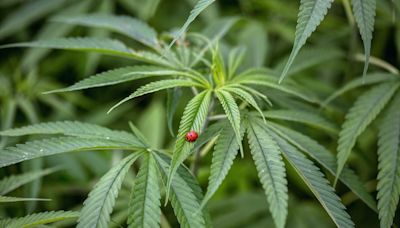Search results
Apr 28, 2017 · He also developed a classification system called the taxonomic hierarchy, which today has eight ranks from general to specific: domain, kingdom, phylum, class, order, family, genus, and species. Taxonomy is the branch of biology that classifies all living things.
Oct 31, 2023 · All living organisms share several key characteristics or functions: order, sensitivity or response to the environment, reproduction, growth and development, regulation, homeostasis, and energy processing. When viewed together, these eight characteristics serve to define life.
If you're behind a web filter, please make sure that the domains *.kastatic.org and *.kasandbox.org are unblocked.
All living organisms share several key characteristics or functions: order, sensitivity or response to the environment, reproduction, growth and development, regulation, homeostasis, and energy processing. When viewed together, these characteristics serve to define life. Order
May 29, 2018 · To order may mean to act regularly, or with system, i.e., to arrange acts by method. In the last meaning, to order is to strive toward a goal, and those things that serve to achieve a goal are said to be ordered to it.
In biological classification, the order (Latin: ordo) is a taxonomic rank used in the classification of organisms and recognized by the nomenclature codes. The well-known ranks in descending order are: life, domain, kingdom, phylum, class, order, family, genus, and species, with order fitting in between class and family.
All groups of living organisms share several key characteristics or functions: order, sensitivity or response to stimuli, reproduction, adaptation, growth and development, regulation/homeostasis, energy processing, and evolution. When viewed together, these eight characteristics serve to define life. Order








